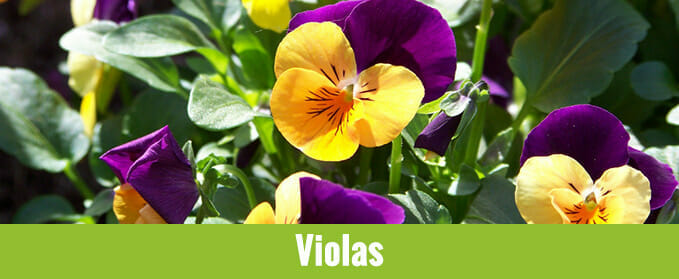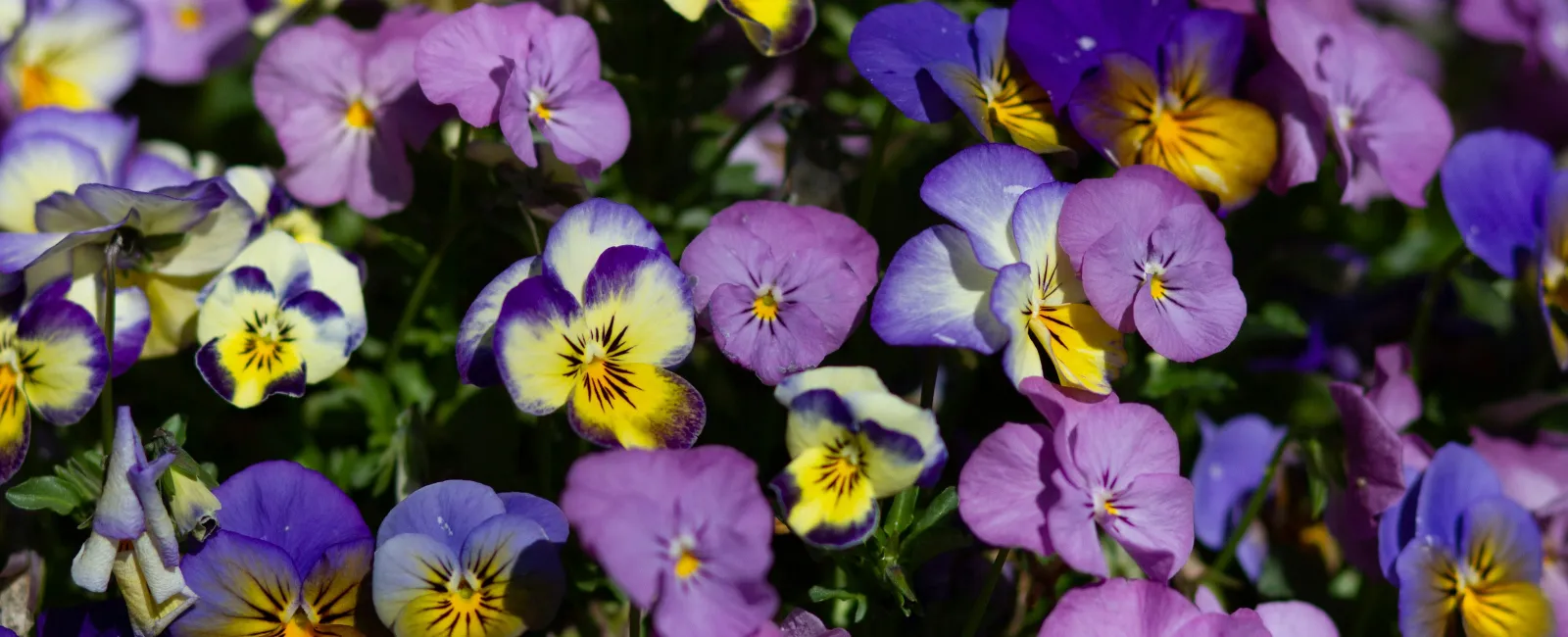
Here in Georgia, we do have a fall and winter season, but our Deep South climate is still relatively mild. This is even more true the further south you get. It may be well into November already, but that doesn't mean the gardening season is already over. Fall is the perfect time to plant many flowers that pay off in the spring with beautiful, showy blossoms. Here are some of the best flowers to plant right now. Act quickly, though - winter will be here before you know it!
Planting Fall Flowers in Georgia
The state of Georgia includes regions that fall into four different USDA plant hardiness zones: zones 6a and 6b, zones 7a and 7b, zones 8a and 8b, and zone 9a. In the Appalachian northeast, zones 6a and 6b can bring minimum winter temperatures as low as -5 to -10 degrees Fahrenheit. Central regions fall into 7a and 7b, and southern Georgia falls into the relatively balmy zone 9a, with minimum annual temperatures as high as 25 degrees.
We're a relatively large state, with a range of climates and many geographical areas. The climate in the Piedmont region around Roswell and Alpharetta Georgia is certainly different from the climate down in Savannah, and for best results, you should consult the labeling on plants or seeds for the best times to plant. However, all of Georgia experiences fall and winter, and in many areas, fall is a great time to plant colorful flowers.
Violas

The simple yet eye-catching blossoms of plants in the Viola genus, a division of the family Violaceae, are mostly native to temperate areas of the Northern hemisphere. Here in Georgia, the species Viola tricolor is native. As such, violas tend to grow very well here in Metro Atlanta. Violas are a relatively diverse clade of flowering plants. Some are perennial, while others are annual. While the name "viola" brings to mind the color purple, some species produce blossoms in other colors like orange and yellow.
Numerous Viola species grow well here. Nearly all of them should be planted during the fall in Georgia climates. They're similar in appearance to pansies, but with smaller flowers that are less likely to droop after it rains. They're a great choice for adding color to your garden during the fall, winter, and early spring, when many of your other plants aren't blooming. Selective breeding has produced many new cultivars in a wide range of colorations, giving you quite a few colors to choose from.
Pansies will bloom in the fall, but sometime between December and early February, they'll begin to fade. This happens earlier in northern Georgia than in southern Georgia. However, in March or April, they'll produce flowers again.
Pansies
Pansies are surprisingly close to violas, hence their similar appearance. The plants we refer to as "pansies" are hybrids of various members of the section Melanium, a clade within the genus Viola. Like their close cousins the violas, pansies are a great choice for adding color to your yard's winter landscape in Georgia.
Pansies are one of the most popular fall flowers in Georgia - Read more about pansies here.
Pansy cultivars are available in an impressive variety of colors, and all of them thrive in soft soil. It's best to plant them in the fall, when the soil has just begun to cool. Pansy beds should be about 25% compost and 75% local soil.
Different sized pansies do well in different regions of Georgia. South of Atlanta, where fall is shorter and warmer, six-packs of small pansies are a great choice. In North Georgia around Roswell and Alpharetta, the same small pansies may not bloom much until the soil warms up again in March.
Snapdragons
These hardy, attractive flowers from the genus Antirrhinum are another good choice for adding fall and winter color to your garden. They thrive throughout the fall and winter, especially when nighttime temperatures have lows in the 40s and daytime temperatures tend toward the 70s. They stay hardy and blooming throughout the winter, subsiding when the weather warms up in the spring.
Dusty Miller
The common name "dusty miller" refers to several unrelated plant species, but the one we're talking about here is Jacobea maritima, also known as Senecio ceriana. Native to the Mediterranean, this member of the family Asteraceae features eye-catching yellow flowers that bees love. It blooms in mid-summer, but it's quite frost tolerant, and fall is a great time to plant them. In cooler areas of Georgia, it's an annual, but in zones 8 and 9, it's a perennial.
Decorative Cabbages & Kales
Cabbage and kale aren't just a great addition to your salad — many cultivars also make striking ornamental plants. These can be planted in the fall, as can edible cultivars.





